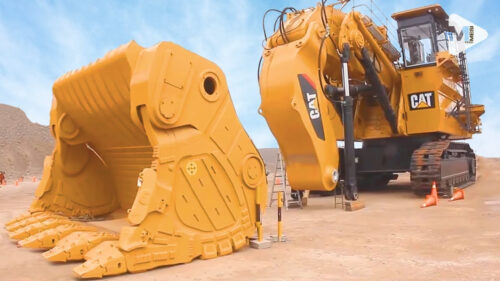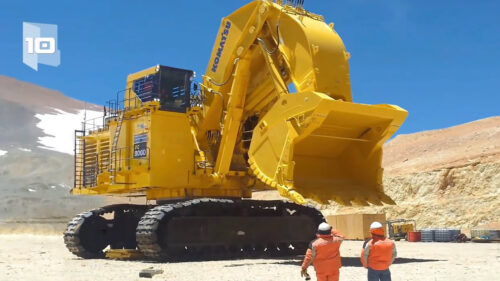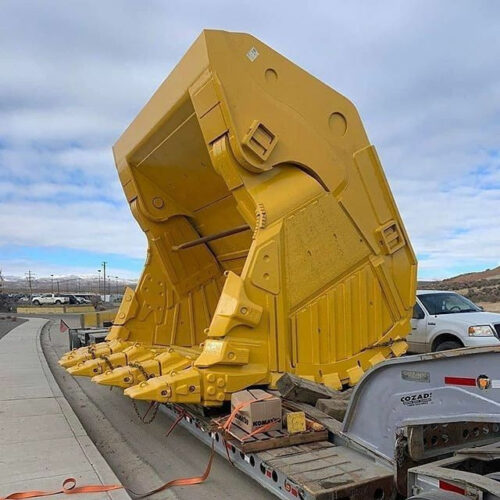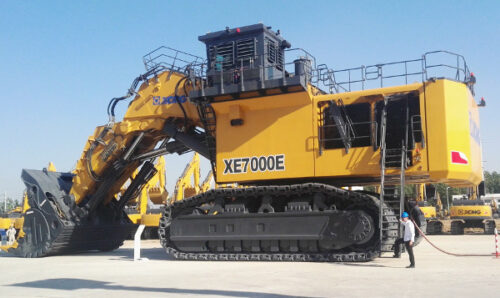The process of assembling a giant excavator is a remarkable feat of engineering and human ingenuity.

From the initial planning stages to the final touches, this process involves a team of highly skilled professionals working together to create a powerful machine that can move mountains.
In this article, we will explore the detailed process of assembling a giant excavator, including the challenges and innovations that make it possible.
Planning and Design: The first step in the process of assembling a giant excavator is planning and design. This involves a team of engineers and designers working together to create a blueprint for the excavator.
The blueprint includes detailed specifications for every component of the machine, from the engine and hydraulic system to the tracks and bucket. The team must consider a range of factors, such as the intended use of the excavator, the terrain it will operate in, and the environmental conditions it will face.

Fabrication and Assembly: Once the design is finalized, the fabrication and assembly process begins. This involves cutting and shaping the metal components of the excavator using a variety of specialized tools and techniques.
The components are then assembled and welded together to create the frame of the excavator. The engine, hydraulic system, tracks, and bucket are also installed during this stage.

Testing and Quality Control: After the excavator is fully assembled, it undergoes rigorous testing and quality control checks to ensure that it is safe and functional.
This includes testing the engine and hydraulic system under load, as well as conducting a range of performance tests on the tracks and bucket. Any issues that arise during testing are addressed and corrected before the excavator is deemed ready for use.
Delivery and Commissioning: Once the excavator has passed all testing and quality control checks, it is ready for delivery and commissioning.

This involves transporting the excavator to its intended location and commissioning it for use. The commissioning process includes training the operators and ensuring that all safety procedures are in place.
The process of assembling a giant excavator is a complex and challenging undertaking that requires a team of skilled professionals working together to create a powerful machine.
From the initial planning stages to the final touches, every step of the process requires precision and attention to detail.
Through innovative design and engineering, these machines are capable of moving mountains and shaping the world around us.
In conclusion, the process of assembling a giant excavator is a testament to the capabilities of human engineering and ingenuity.
